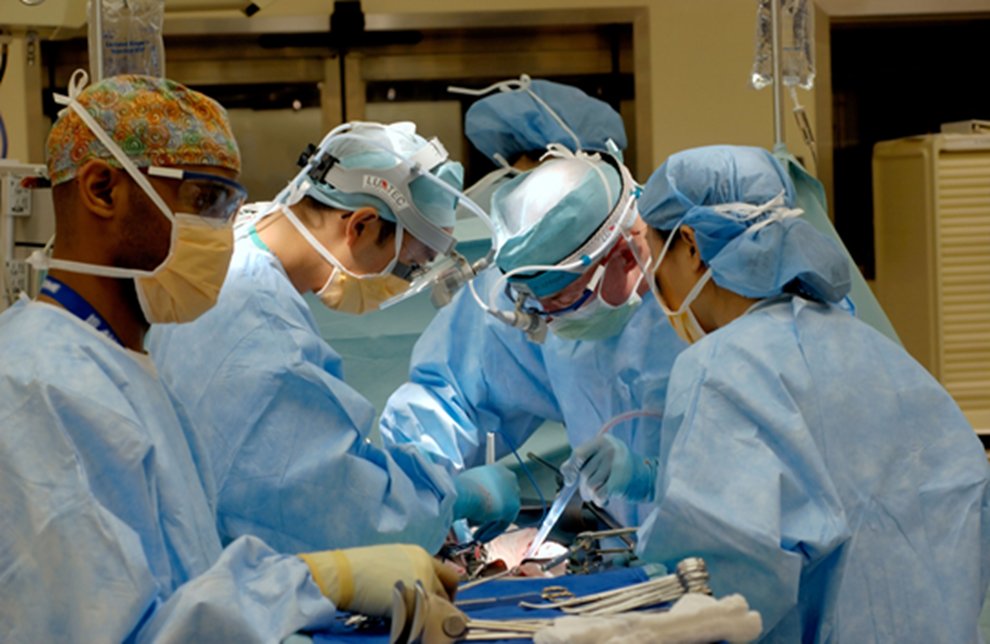
Happy Friday! I'm @MeredithSchmehl and I want to take a quick break from #SciComm to tell you more about my lab's research! Members of my lab discovered that when your eyes move, your eardrums move too. Curious? Read on! 1/13 
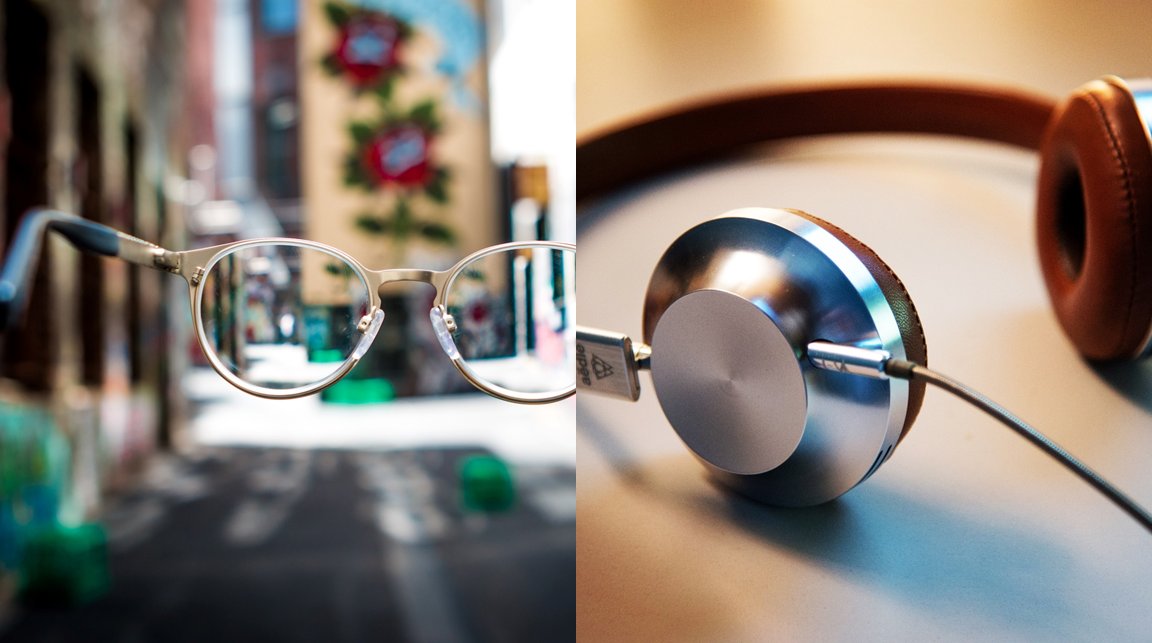
Let's take a step back. Earlier in the week, I told you about how I study the brain. But there's another part of my lab that studies the ear! They're looking at the relationship between the ears and eyes to figure out how we locate things and make mental maps of space 2/13 
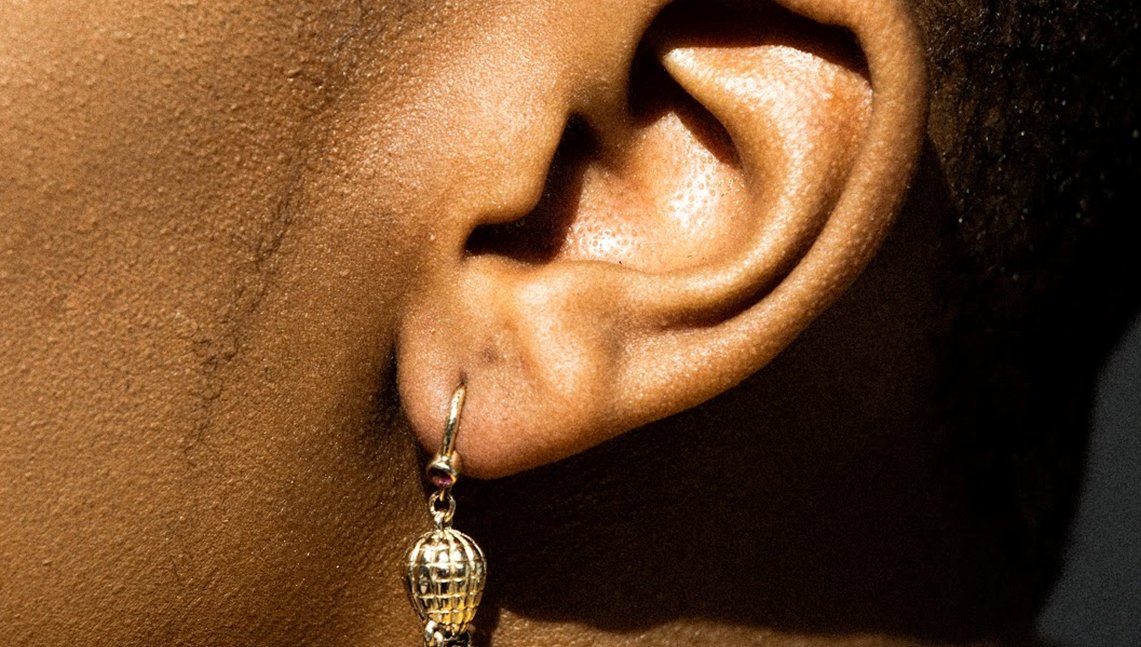
They do this by putting tiny microphones in people's ears - kind of like earbuds! But instead of playing music, the earbuds actually record what's happening inside the ear canal 3/13 

So what are they recording? They're recording small changes in the air pressure inside the ear. These pressure changes happen when the eardrum vibrates. Here's a video that shows this process in action: 4/13
britannica.com/science/tympan…
britannica.com/science/tympan…
Normally, the eardrum vibrates when there's sound. The sound pressure waves enter your ear canal, causing the eardrum to vibrate and sending a cascade of motion through your inner ear. This motion eventually leads to an electrical signal in your brain, allowing you to hear 5/13 
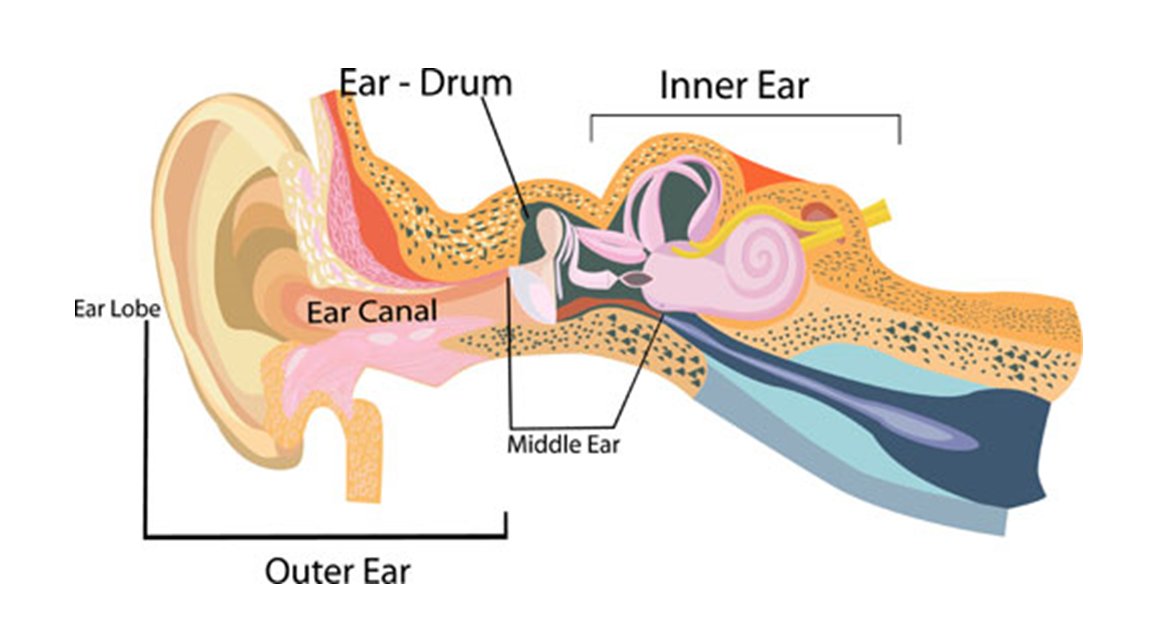
But members of my lab discovered that the eardrum can actually vibrate even when there's no sound - if the eyes move! 6/13
They put the tiny microphones in people's ears and asked them to move their eyes in many directions (up, down, left, right, diagonal) and with many distances (short movements, long movements). Here are some example paths the eyes might take, each in a different color: 7/13 
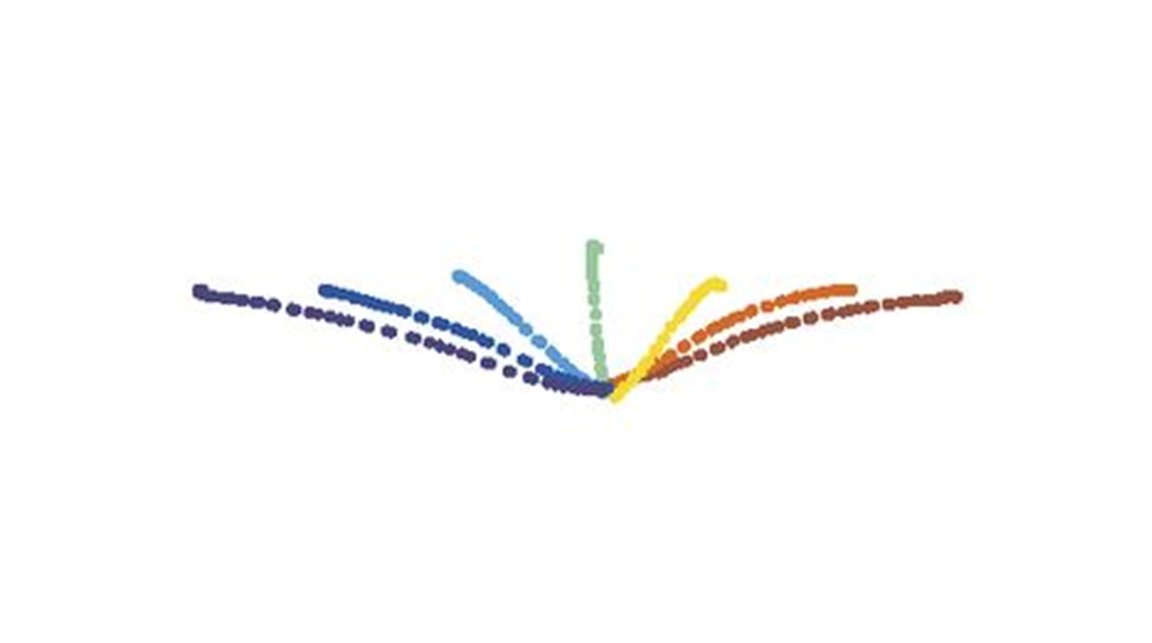
When they looked at the pressure changes inside people's ear canals, they saw something surprising: a distinct up-and-down pattern as the eyes moved! The eyes caused the eardrum to move, even though there was no sound! 8/13 
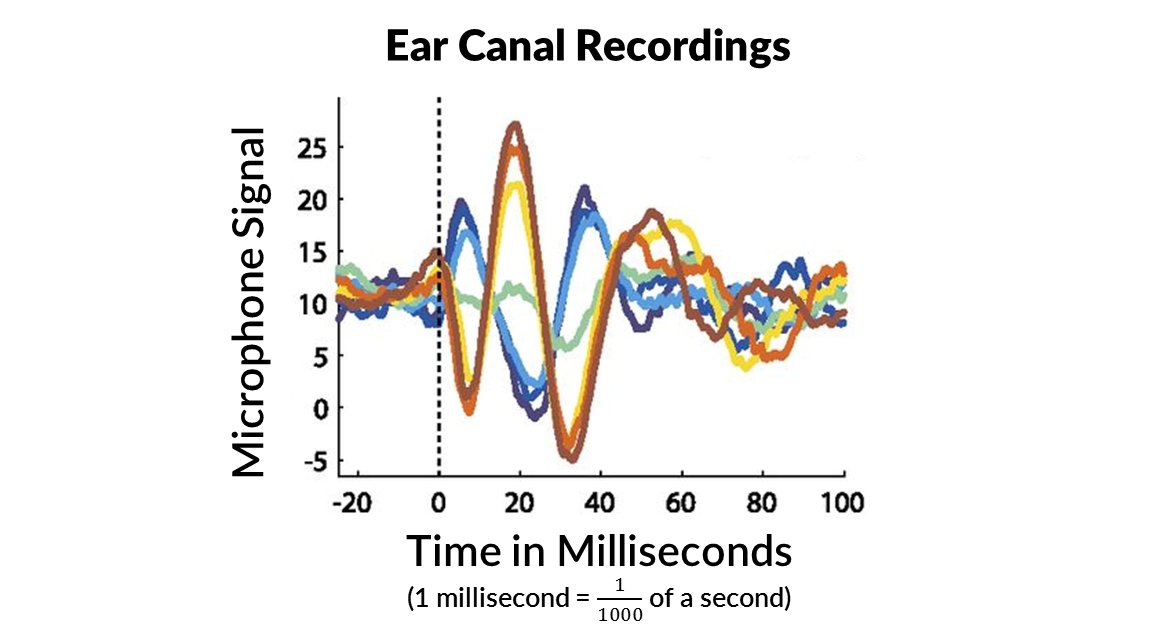
They've found that the precise shape of the up-and-down pattern depends on the direction and distance that the eyes moved. In this image, the different colors represent different sizes of eye movements. The up-and-down patterns look different! 9/13 
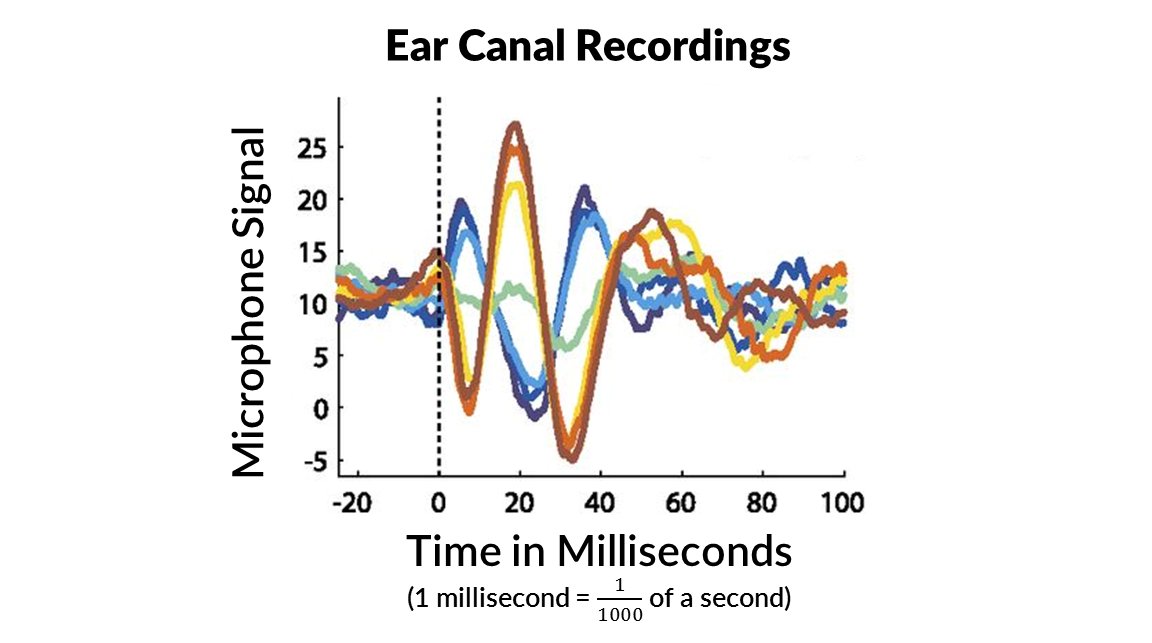
So what's the purpose of these vibrations in the ear? We think they may help the brain align information from our eyes and ears to make sense of the space around us 10/13
This is important because the eyes can move even if your head stays still, while your ears always move with your head. This means the brain has to work constantly to align information from the eyes and ears! The vibrations in the ear might be part of how that works 11/13 
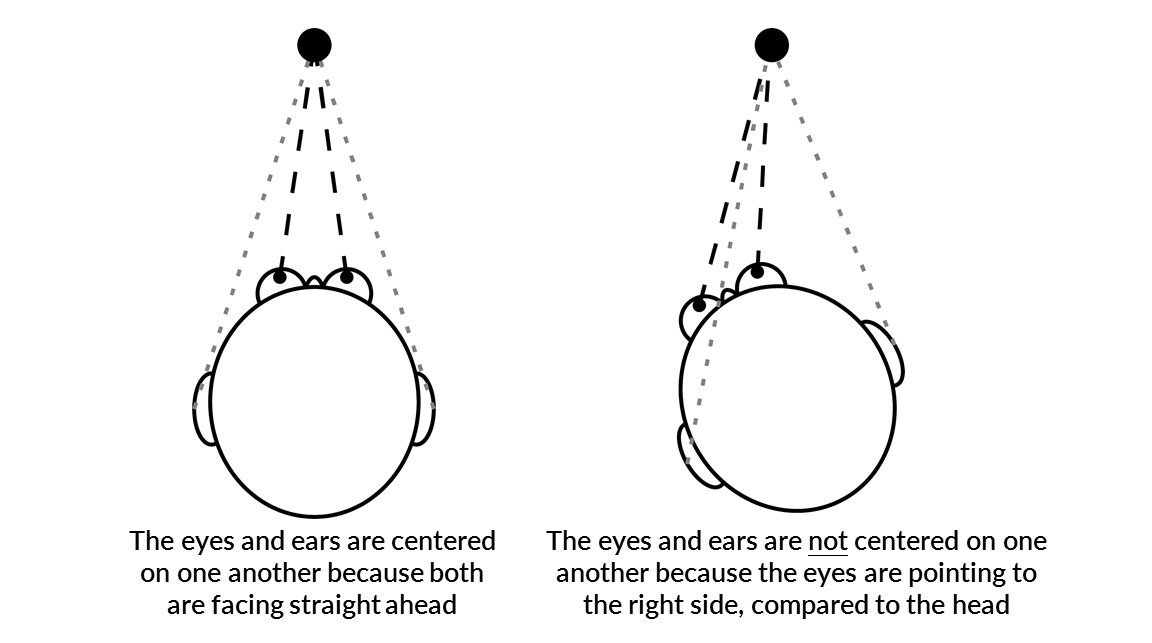
Current work in our lab is trying to understand what exactly causes these vibrations in the ear, what parts of the brain are involved, and what might cause the vibrations to change 12/13 

It's pretty exciting! Feel free to leave your questions here, and I'll get back to them later today! And for those who want to read more, here's a paper about these ear vibrations: 13/13
doi.org/10.1073/pnas.1…
doi.org/10.1073/pnas.1…
• • •
Missing some Tweet in this thread? You can try to
force a refresh


